For years, I thought my back pain was a result of my “bad” hip—a painful remnant of my balletic past. Imbalances continuously arose up and down the right side of my body. Healers and medical experts of different modalities offered me answers: “Perhaps you’re working through father issues from your past.” Or, “Your hyper-mobility and over-turnout has caused tension in your femur.”
I turned to Rolfing hoping to find relief, not knowing much about the practice, except that the process might be as emotionally painful as it would be physically. For nearly two hours, Teah Field, a longtime Rolfer and Acro Yoga practitioner, used hands-on techniques I’d never felt before to work out terribly uncomfortable kinks in my calves and back—many of which I had no knowledge of prior to her touch. Surprisingly, she didn’t even contact my hip. She did, however, make me cry. And two days later, my hip felt better than it had in years; apparently stored trauma in my calves and feet from my dance days was affecting my hips, and pain continued to emanate from there.
Rolfing is a bodywork modality created between the 1940s and 70s, by Ida Rolf, a groundbreaking biochemist who devoted her life to understanding one fundamental question: “What conditions must be fulfilled in order for the human body-structure to be organized and integrated in gravity so that the whole person can function in the most optimal and economical way?”
The method involves a technique called structural integration, which is according to Eric Jacobson, Ph.D., a certified advanced Rolfer, “a system of manual therapy and sensorimotor education that aims to improve human biomechanical functioning as a whole rather than to treat particular symptoms.” In other words, it’s a hands-on treatment that is distinct from massage in its focus on releasing fascia—the soft tissue surrounding muscles—with the aims to improve postural alignment and reduce pain. In the tradition of Ida Rolf, the main question that Jacobson and other practitioners seek to address is: How well is the body working in relationship to gravity?
Related: A Simple Solution to Heal Plantar Fasciitis
All bodies, of course, exist under the force of gravity, while they also operate according to individual energy fields. The essential goal of Rolfing says Jacobson in his 2011 article on Rolfing, is achieved by “aligning their physical structure around the vertical vector that gravity defines.” The physical manipulation techniques help realign the body—down to the fascia and joints—in a way that “flows” in tandem with gravity’s pull. According to Jacobson, “Dr. Rolf did also speculate that when the physical body was aligned with gravity there might be an integration of the individual’s ‘energy field’ with gravity,” but that notion, he continues, “was speculative. She never put that forth as an essential element of her theory or method.” Still, many contemporary Rolfers integrate that theory into their work and hold it as belief.
Ida Rolf was heavily influenced by osteopathic medicine, a bodywork modality that sees restrictions of the musculoskeletal system as the root of most disease. This non-invasive form of medicine is drug-free and relies on manipulations that seek to strengthen and treat the framework of the body. Osteopathy is a holistic therapy established in the late 19th century that not only addresses the ‘problem’ area, but seeks to create overall body balance and free circulation. The practice of osteopathy uses manipulation of the tissue layers to release the bones, whereas in Rolfing, says Jacobson, “we manipulate the fascia instead of the bones, and change the alignment of the bones by changing the tension in the fascia.” Osteopathy, says Jacobson, “is a medical treatment for specific problems, with medical professionals licensed to practice specific methods. Rolfing is not a medical treatment.”
The typical Rolfing protocol involves a series of sessions in which the therapist works to fix the body’s various misalignments as well as the particular pain problem the client wants addressed. When the body is experiencing pain, says Field, “we recognize that the body is going to be full of compensatory misalignments.” Indeed, that’s what I experienced in the days after my session: as if by some miraculous stroke, I could attain yogic postures and use parts of my feet and legs that had previously eluded me.
Related: How to Fix Chronic Knee Pain
Rolfing is meant to produce long-term changes in the biomechanics of the body. “In order to do that we have to work with people at least ten times. It doesn’t do everything possible, but that’s the minimum. If there is anything chronic, it’s probably part of the whole body system,” says Jacobson.
Research on Rolfing is on the rise, though still relatively sparse. A recent study conducted in Sao Paulo, suggested that both acupuncture and Rolfing used both in tandem and individually proved beneficial in the treatment of fibromyalgia and chronic fatigue. Though Paula Stall’s article seems to concur with these findings, the limitations of the study deem these findings merely suggestive.
There are still gaps in understanding contraindications to getting Rolfed. In a recent study conducted at Stanford School of Medicine on the effects of Rolfing for children with Cerebral Palsy, the average outcome was net positive, though, the understanding of long term risk in development of certain motor skills is still inconclusive. The study shows essentially no objective effects, though parents reported improvements. It seems that in the Rolfing community the only red flags are osteoporosis and rheumatoid arthritis, though neither are complete contraindications, merely conditions that need to be tended to with care. Research is urgently needed to determine “severe” cases, and to further understand what objective effects structural integration can have on various other conditions. Marcelo Coutinho, an advanced certified Rolfer at Village Rolfing in NYC told me that he’s had clients “who are over 90 years old and I had babies of 8 months.”
In spite of its profound ability to notice and realign even slight imbalances in the biomechanics of the body, Field said that she often encounters clients who have had longtime aversion to Rolfing due to its reputation for being severely painful. In Eastern practices, Field said, “there is an understanding that if somebody palpates your body or pushes on an area of trauma or stagnation it’s just going to be painful, and that’s just how it is.” Field is one of many practitioners who relates to the bodywork as not only deeply physical but an energetic healing practice like Reiki and Thai massage. For her, the practice of realigning the body is a deeply inspiring one: “It’s so beautiful to understand that we have the potential, even at 70 years old, to feel like a new person because we are correcting a misalignment that’s causing tremendous discomfort, or so many blockages in the body.”
Even for the less spiritually inclined, Rolfing provides some profound effects. As research increases, we’re becoming more and more aware of how, objectively, Rolfing might change the way the medical world treats physical misalignments in patients, and what all possible benefits are. And while I still have work to do in the realignment of my femur and my anklebones, I now look down at the bruises on my calves and smile; the body’s architecture is beautiful, and now my work is to find flow between my energy and the earth’s gravitational pull.


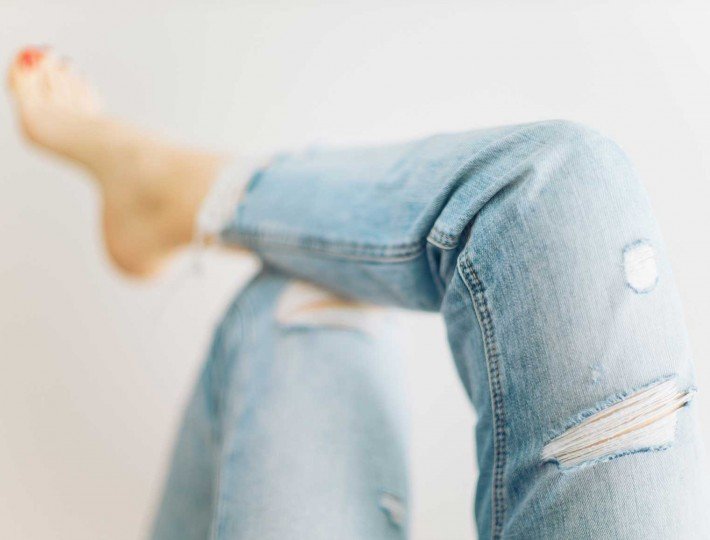
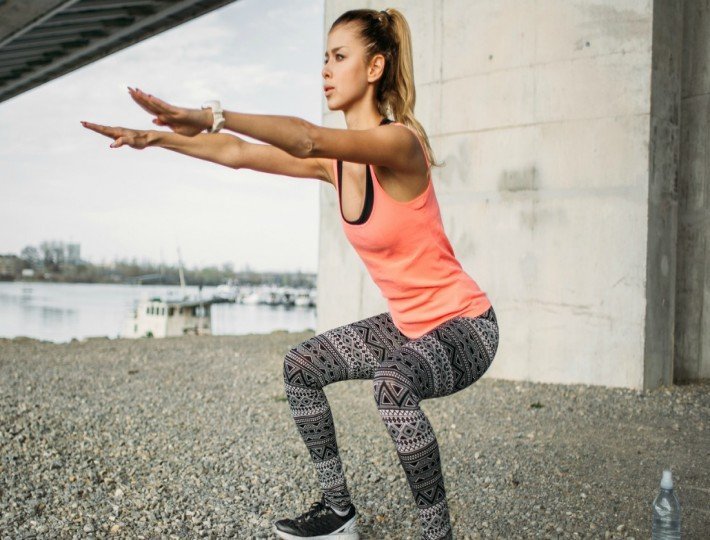

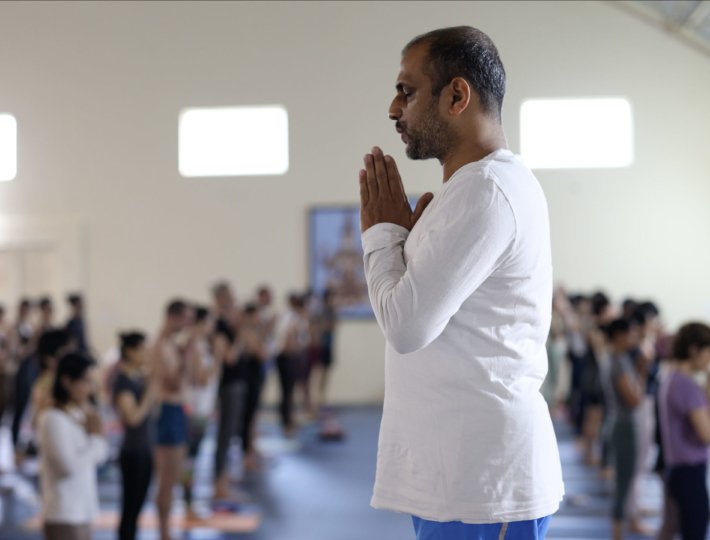
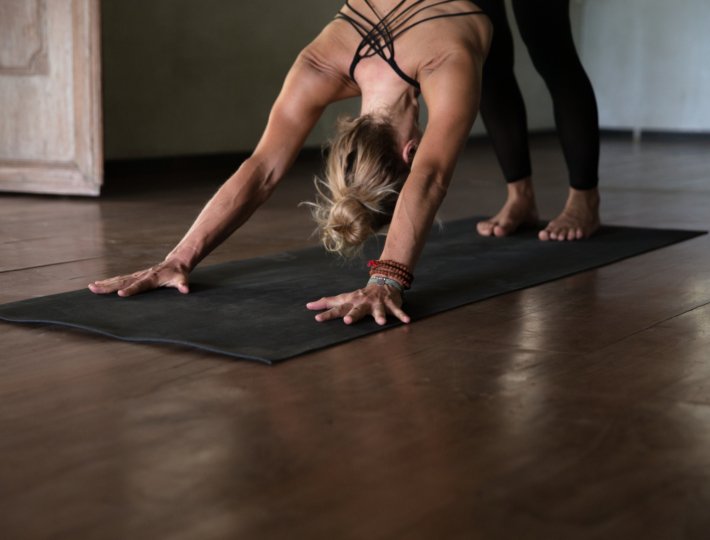
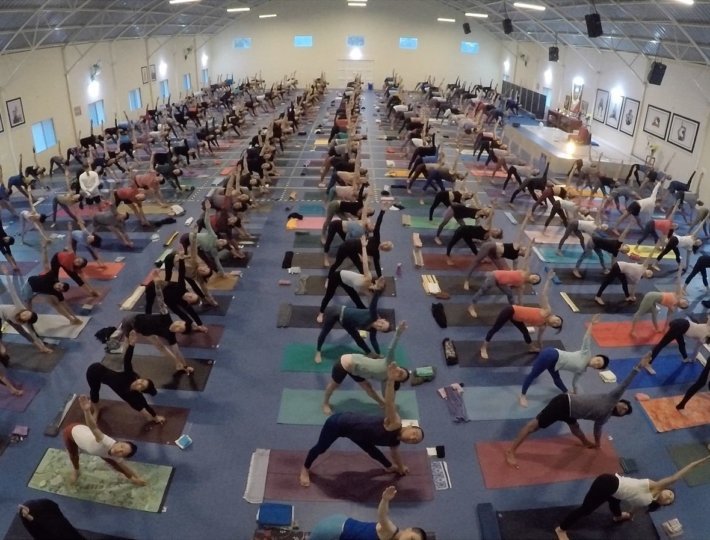



Comments (1)